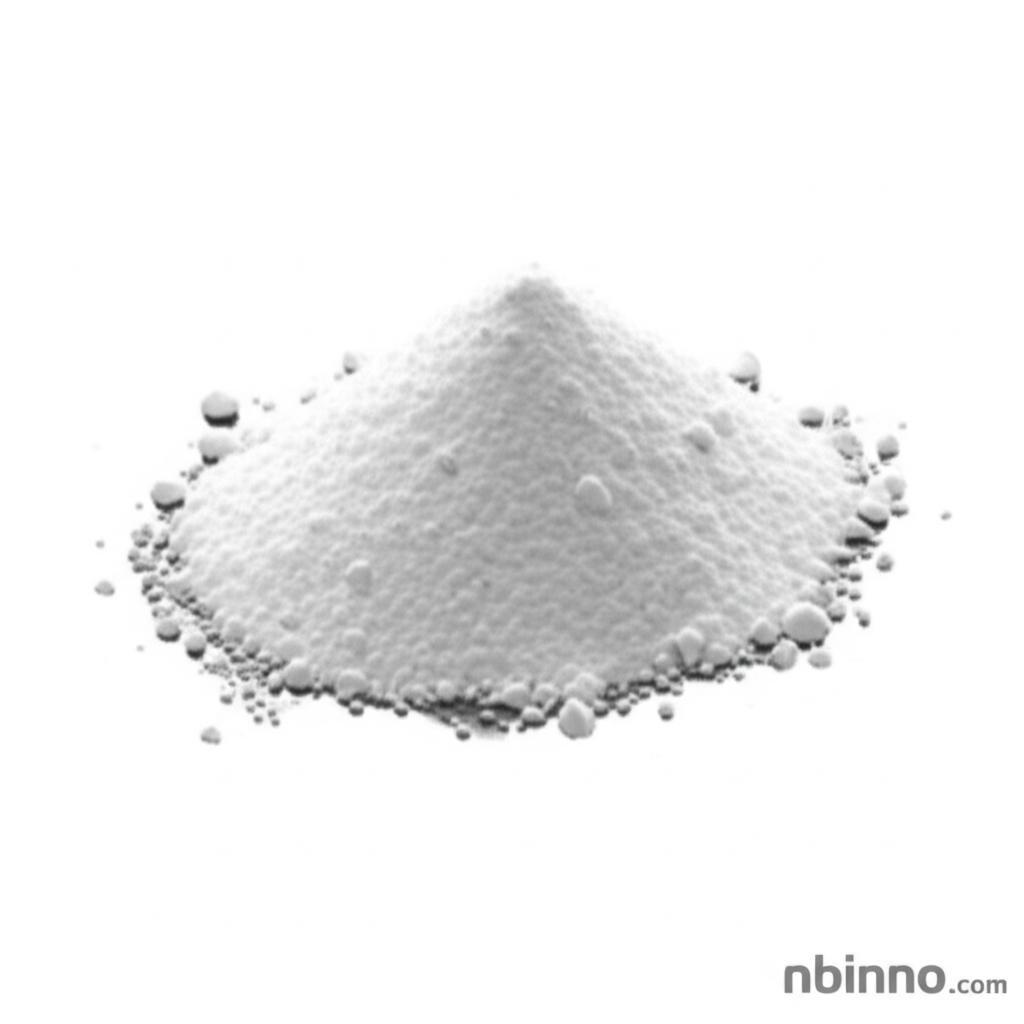Unlocking the Potential of 2,2'-Bipyridine-4,4'-diphosphonic Acid
A cornerstone chemical intermediate for advanced catalysis and material science applications.
Get a Quote & SampleProduct Core Value

2,2'-Bipyridine-4,4'-diphosphonic Acid
This compound is a versatile organic molecule featuring a bipyridine core functionalized with two phosphonic acid groups. Its unique structure makes it an excellent ligand in coordination chemistry, enabling the formation of stable complexes with various transition metals. This property is crucial for its application in catalysis, particularly in organic transformations and photocatalytic systems such as water splitting for hydrogen production.
- Explore the synthesis of 2,2'-bipyridine-4,4'-diphosphonic acid to understand its production pathways.
- Discover the diverse applications of 2,2'-bipyridine-4,4'-diphosphonic acid in advanced material science.
- Understand the key chemical properties of 2,2'-bipyridine-4,4'-diphosphonic acid that drive its performance.
- Learn about the CAS 194800-56-1 uses as a vital chemical intermediate in various industrial processes.
Advantages Offered
Superior Metal Coordination
Leverage the bipyridine phosphonic acid ligand's ability to form robust metal complexes, crucial for catalysis.
Enhanced Photocatalytic Activity
Utilize its properties in photocatalysis, aiding in processes like water splitting and electron transfer, as part of advanced organic chemistry synthesis.
Versatile Material Science Applications
Employ this compound as a building block for novel materials, leveraging its phosphonic acid groups for surface anchoring.
Key Applications
Catalysis
As a ligand, it is pivotal in transition metal catalysis for organic transformations, contributing to efficient synthesis.
Photocatalysis
Plays a critical role in artificial photosynthesis, aiding in hydrogen production through photocatalytic water splitting.
Material Science
Valuable in developing new materials for sensors and electronic devices due to its stable complex formation capabilities.
Chemical Intermediates
Serves as a key intermediate in the synthesis of more complex organic molecules and specialized chemicals.
